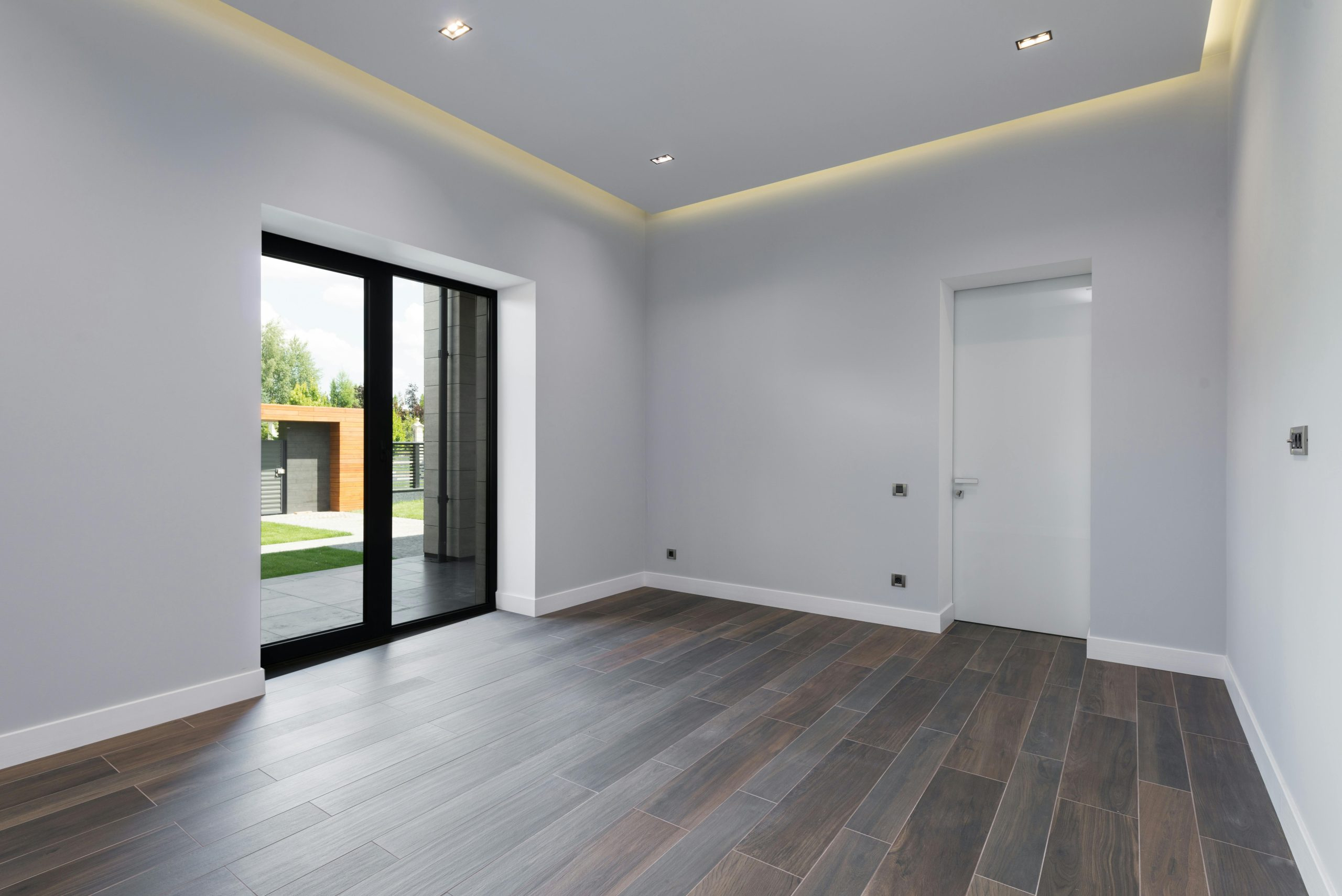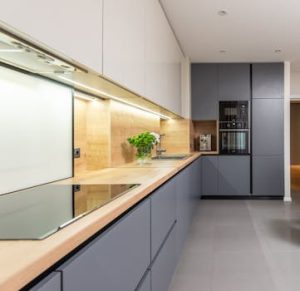Open-concept living: benefits and drawbacks
Open-concept living has become a popular trend in modern home design. Gone are the days of multiple separate rooms for specific purposes. Instead, open-concept living offers one large space that combines the kitchen, living, and dining areas. This layout promotes a sense of unity and fluidity, making it perfect for entertaining, family time, or simply relaxing at home. However, like any other design style, open-concept living has its own set of pros and cons. In this article, we’ll dive into the benefits and drawbacks of open-concept living, so you can decide if it’s the right choice for your home.
The Benefits of Open-Concept Living
1. Creates a spacious and airy feel
One of the main advantages of open-concept living is the sense of space it creates. Without walls dividing the rooms, your home will feel much more open and airy. This is especially beneficial for small or narrow spaces, as it eliminates any feelings of confinement and maximizes the available space.
2. Perfect for entertaining
Open-concept living is ideal for hosting large gatherings or parties. With no walls hindering the flow of guests, everyone can seamlessly interact and move around the space. This layout also allows the host to prepare meals and socialize at the same time, making it a practical choice for those who love to entertain.
3. Increases natural light and ventilation
With no walls blocking natural light, open-concept living can make your home feel brighter and more welcoming. This not only creates a pleasant atmosphere but can also save on electricity costs. The absence of walls also allows for better air circulation throughout the space, making it feel fresher and more comfortable.
4. Offers flexibility in design and furniture arrangement
Open-concept living provides a blank canvas for homeowners to get creative with their design and furniture choices. The absence of walls allows for more flexibility in furniture placement, making it easier to create a flow and visually connect different spaces. This also means you can easily change the layout or repurpose the space as your needs and preferences evolve.
The Drawbacks of Open-Concept Living
1. Limited privacy and noise control
One of the main criticisms of open-concept living is the lack of privacy it offers. Without walls to separate spaces, it can be challenging to find a quiet area to work or relax. Additionally, noise can travel more easily throughout the space, making it more difficult to have private conversations or watch TV without disturbing others.
2. Lack of storage and hiding clutter
An open-concept living space means there are no walls or doors to hide clutter. This can be a challenge for those who value a clean and organized home. Additionally, with no designated storage spaces, it can be tricky to find a place for items that may be unsightly or not fit with the overall aesthetic.
3. Difficult to control temperature
Another drawback of open-concept living is the difficulty of controlling the temperature throughout the space. With no walls to block drafts or contain heat, it can be challenging to keep the entire area at a comfortable temperature. This can result in higher energy bills and may require additional heating or cooling systems.
4. Limited wall space for décor
Open-concept living means fewer walls for hanging decorations or artwork. This can make it challenging to create a cozy and personalized atmosphere, which is often easier to achieve in smaller, separate rooms.
Is Open-Concept Living Right for You?
Ultimately, the decision to incorporate open-concept living into your home design will depend on your personal preferences and lifestyle. It’s essential to consider the benefits and drawbacks to ensure it aligns with your needs and daily routine. If you love to entertain, value spaciousness and flexibility, and don’t mind a lack of privacy, then open-concept living may be the perfect choice for you. However, if you prefer defined spaces, value privacy and noise control, and enjoy a more traditional style of home, then you may want to consider other layouts.
So, whether you embrace open-concept living or prefer a more traditional home design, it’s essential to weigh the pros and cons to make an informed decision. After all, your home should be a reflection of your lifestyle and cater to your specific needs and preferences. Whichever option you choose, make sure it creates a space that you and your loved ones can enjoy for years to come.










